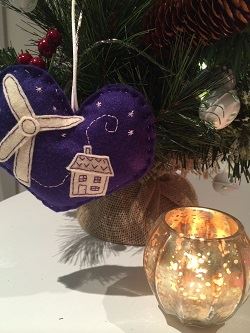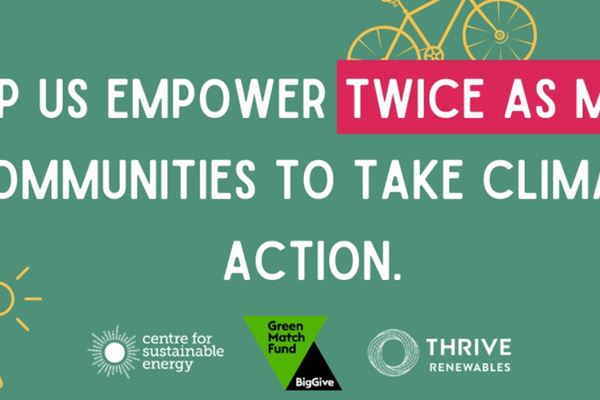It is perfectly achievable to have a green Christmas. And, when you take it to heart, it can result in an even more wholesome, genuine celebration for everyone.
1. Buy local food
The customary Christmas dinner will have travelled a combined distance of 30,000 miles to reach your plate, according to research by the Green Party (1) .
Buying local can really bring the environmental cost down. And you don’t have to change your eating habits to a seasonal option; as a Winter feast the tradition includes vegetables historically available during the colder months.
2. Give ‘battery free’ gifts
Around 40% of all batteries are sold at Christmas (2) . Opt for toys and gifts without batteries to save adding to the pile.
3. Support local craft-makers
You don’t have to give up giving gifts for a green Christmas. There are plenty of local artisans and businesses creating very special food, art and clothes, particularly at this time of year.
By buying local, you’re cutting down on energy use in transport, as well as supporting your local economy. There also tends to be a lot less packaging than some of the larger retailers.
4. Power down your house while away
If you’re away over Christmas, make sure to switch everything off at home. Turn down your heating and switch everything off standby. Many plugs, like mobile phone chargers, will draw current when the socket is switched on, even if nothing is plugged into them.
5. Use LED light bulbs
LED Christmas lighting offers huge power savings over incandescent options. In fact, incandescent wattage is 80-90% more than that of LED. And red uses even less power than other colours.
Make sure you switch Christmas lights off when out or at night. There are also plenty of solar powered options which charge during the day, which work well for outdoor displays.
6. Go for a live tree
A proper tree doesn’t just have that genuine feel, it’s better for the environment too. While it may seem counter intuitive, as a fake tree can be used each year, the plastics used in the manufacturing process outweigh the reusable gains.
A live tree will have been farmed for this purpose, like any other agricultural crop. They’re compostable, and you’re more likely to find a local supplier.
7. Use power when others aren’t
When there is a spike in demand, the national grid needs to find energy quickly. This usually means turning to gas or an interconnector from Europe. Using electricity at lower demand times means the supply is more likely to come from a UK renewable source; maybe even one of our sites.
‘TV pickups’ in the UK, where energy peaks following a popular TV programme as everyone puts the kettle on, can be huge. They sometimes even match the entire electricity use of London.
8. Turn down the heat for guests
A house full of guests at Christmas not only warms the soul; the extra body heat should mean you can afford to turn down the heating a little. And even a few degrees will save a surprising amount of energy. EnergyUK suggests turning your heating down by one or two degrees could saved 10% of energy used (3) .
9. Serve less meat
Farming for meat creates more greenhouse gases than either transportation or industry. Reducing the amount we eat on a global scale will be essential to addressing climate change.
Rather than serve the turkey, the beef and the ham, serve a few additional vegetarian options instead. And make sure the meat you do buy is organic, as it will have been farmed using sustainable principles.
10. Environmentally friendly candles
Regular paraffin candles are not only made using non-renewable, petroleum products, they’re also mini polluters, emitting greenhouse gases right into your living room.
Instead, use soy or beeswax candles for an environmentally friendly alternative.
11. Recycle your Christmas cards
An estimated 1 billion Christmas cards are sent in the UK. Make sure you only send environmentally friendly cards, and recycle those you receive.
You can recycle your cards in high street stores, thanks to The Woodland Trust and national recycling campaigners Recycle Now. Or you can consider making gift labels from cards you receive.
12. Make a green New Year’s resolution
Make a green commitment for 2016, like using public transport, buying an electric car or switching to a green energy tariff. And see if you can encourage family and friends to make one too.
1 https://www.greenparty.org.uk/archive/news-archive/1730.html
2 Research from Environmental Protection Agency in the US (multiple sources)
3 http://www.greenenergyuk.com/PressRelease.aspx?PRESS_RELEASE_ID=69




